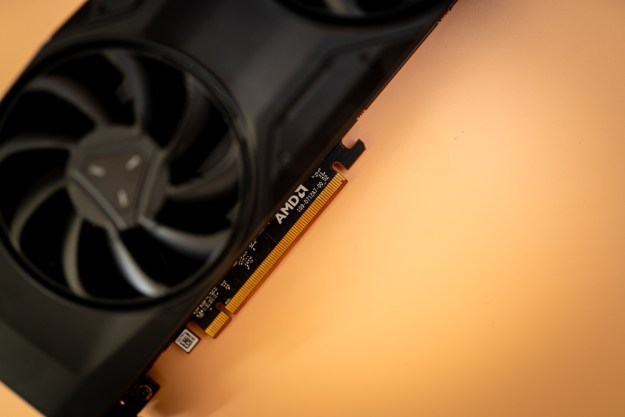Intel just injected even more gaming power into its cute, miniature desktop that’s part of its Next Unit of Computing, or NUC, lineup. Unlike the traditional tower that dominates most gaming desktops on the market, Intel’s new NUC 11, introduced at this year’s CES, looks more like an elongated Mac Mini desktop when it rests on its side.
The NUC 11 Enthusiast is the successor to the company’s popular Hades Canyon desktop from 2018. Like its predecessor, the NUC 11 Enthusiast retains the compact stature that’s a signature of Intel’s design, though there are plenty of new technology additions. This year, the NUC 11 Enthusiast packs in the company’s latest 11th-Gen processor and comes with discrete Nvidia RTX 2060 graphics.
Under the hood, you’re getting a quad-core Intel Core i7-1165G7 CPU. While the reliance on Nvidia’s RTX 2000 series may be disappointing for serious gamers who were expecting a more modern RTX 3000 series graphics card, it’s still impressive that Intel was able to pack that much power and performance into a desktop this size. The NUC 11 Enthusiast is also referred to by its codename of Phantom Canyon, which follows previous models like Hades Canyon, Frost Canyon, and Ghost Canyon.

Along with the new processor, NUC 11 Enthusiast gamers will also benefit from Wi-Fi 6 support, Thunderbolt 4 ports, and a wide array of connectivity ports — including six USB-A ports, HDMI 2.0 port, and a Mini DisplayPort 1.4 port, according to Intel’s product page. Sadly, the new HDMI 2.1 standard didn’t make the cut, so you won’t benefit from using any of the new HDMI 2.1-enabled monitors that debuted at CES.
When you’re not gaming or working on large creative projects, the NUC 11 Enthusiast can also fall back onto Intel’s integrated Xe graphics.
If you’re a gamer looking for a more compact rig than what’s traditionally on the market, the NUC 11 Enthusiast could be a great option. Pricing and availability weren’t immediately available, but according to The Verge, SimplyNUC.com had listed the Phantom Canyon at $1,349 on its website in a configuration with 8GB of RAM and 128GB solid-state drive.
Considering that the Hades Canyon, which was a NUC 8 model, still retails for $1,234 on the site, the updated NUC 11 Enthusiast could be a great value for space-conscious gamers. SimplyNUC’s retail configuration doesn’t include a license for Windows 10, so you’ll have to shell out a little bit more money to get started, which isn’t unusual considering Intel’s strategy with NUCs. SimplyNUC.com also allows buyers to augment the amount of memory and storage with a customized build for an additional cost.

In the past, Intel sold its NUCs as either complete kits that will work out of the box, or as part of a solution for tinkerers where you will have to add your own RAM, storage, and operating system. The latter option adds flexibility to enthusiasts in the segment who may be more willing to customize the parts on their desktop to get the most performance.
In addition to the gaming-centric Phantom Canyon model, Intel also updated its more traditional NUC models, which bears more of a direct resemblance to Apple’s square-shaped Mac Mini. These models got an upgrade to 11th-Gen silicon, up from 10th-Gen from last year, along with Wi-Fi 6 support and Intel Xe integrated graphics on the higher-end Core i5 or Core i7 configurations. Enterprises looking to adopt Intel’s NUC can choose configurations with Intel’s vPro silicon.
Editors' Recommendations
- Nvidia RTX 50-series graphics cards: news, release date, price, and more
- Nvidia just fixed a major issue with its GPUs
- All ray tracing games on PC: AMD Radeon and Nvidia RTX ray tracing
- What is ray tracing, and how will it change games?
- Nvidia DLSS 3: explaining the AI-driven gaming tech



